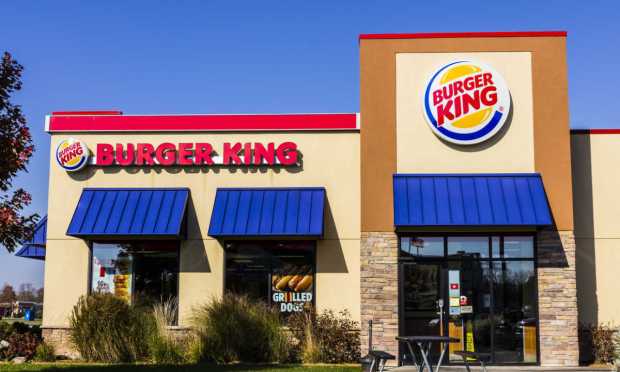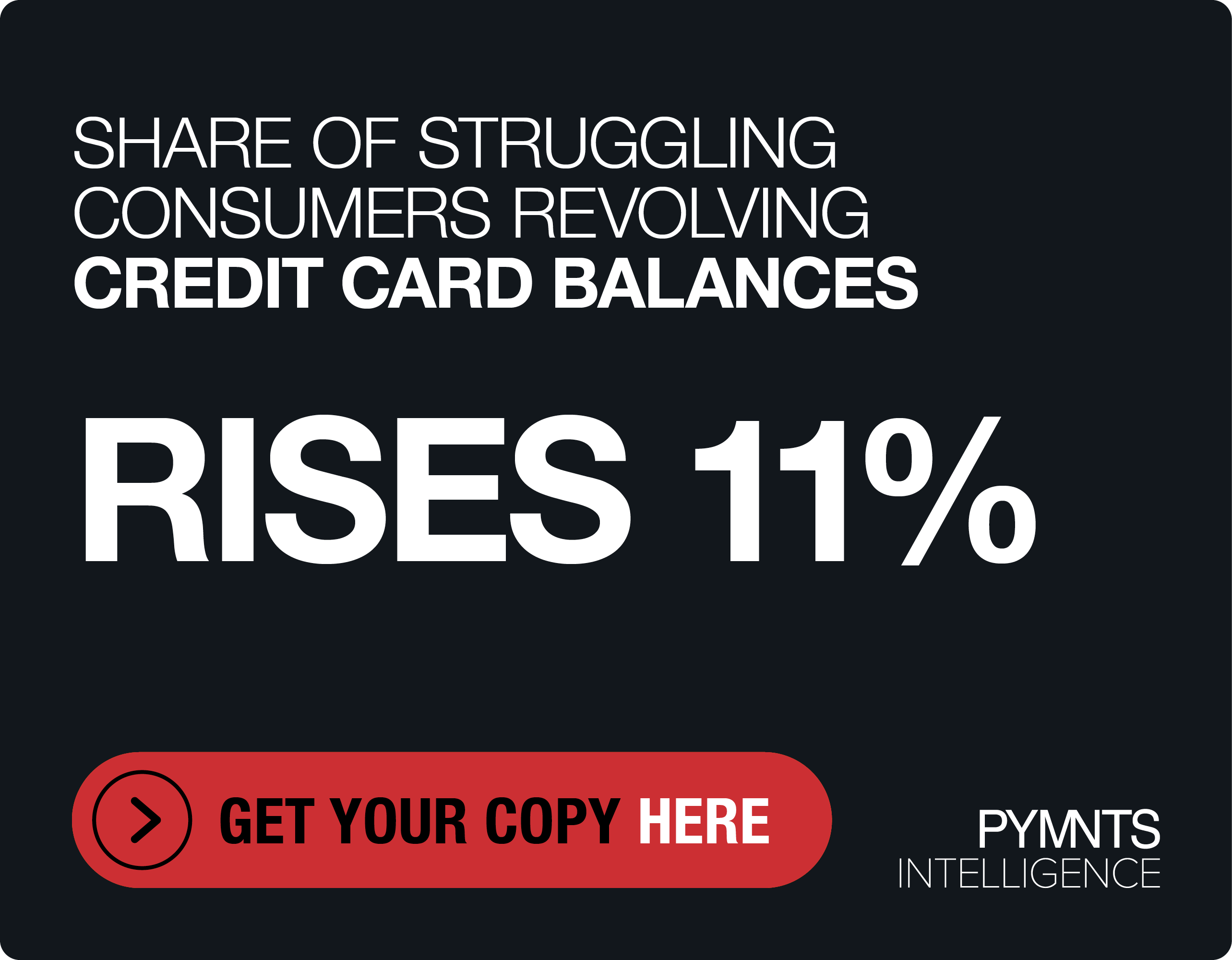Restaurant Brands International Continues Revamps as Burger King Sales Rise

Burger King’s owner is undertaking “high-quality remodels” of its restaurants following a successful quarter.
Speaking during an earnings call Tuesday (Aug. 8), Restaurant Brands International (RBI) CEO Josh Kobza discussed the company’s $250 million “Royal Reset” program, which involves a mix of technological updates and renovations at Burger King locations.
“Participating franchisees have matched our spend dollar for dollar with investments in essential kitchen equipment like toasters and broilers, which will largely roll out in the back half of the year,” Kobza said during the call. “The $200 million remodel program is also underway, and we’re pleased to see franchisees prioritizing quality with over 75% of committed projects locked in for full remodels or scraping rebuilds.”
Kobza’s comments came as RBI — which also owns Canadian coffee chain Tim Hortons, Popeyes and Firehouse Subs — saw same-store sales rising 9.6% in the quarter, fueled by growth at Tim Hortons and Burger King.
The company said those numbers are — in part — the result of increased spending on advertising to drive traffic to Burger King.
“So, we’re really trying to make sure that the product we deliver every day is excellent and brings back our guests,” Kobza said on the call. “And then you haven’t seen this too much yet, but you’ll see more and more of the remodels. We’re going to do really high-quality remodels, investing the proper dollars into those.”
Several quick-service restaurant (QSR) chains are engaged in remodeling projects, even as fewer customers enjoy meals in-store.
For example, dine-in customers account for fewer than 10% of visits to McDonald’s, while fast-food diners nationwide ate 14% of their orders in the restaurant during the first five months of 2023.
These findings are in keeping with PYMNTS research that showed off-premises channels now account for about half of all sales across the restaurant industry.
The study “Connected Dining: Rising Costs Push Consumers Toward Pickup,” found that 39% of restaurant customers had placed their last order for pickup, versus 10% for delivery.
“Plus, it seems that over the next few decades, the industry will shift even more toward off-premises channels, given that these are favored by younger consumers,” PYMNTS wrote last month.

